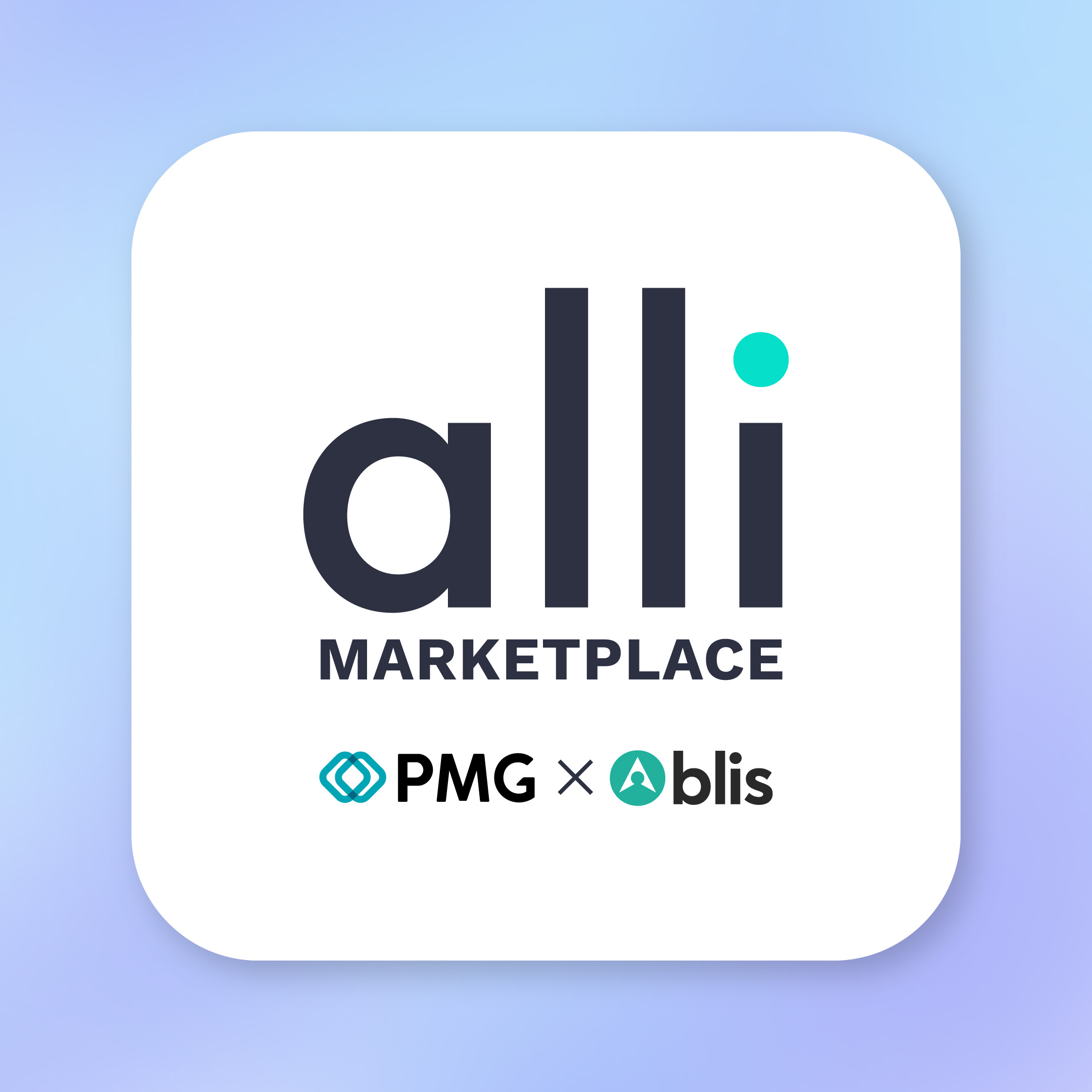Recently named one of the best countries in the world to live in – and one of the best places to work remotely – The Netherlands has a lot going for it. Known for its canals, cafes and bike-friendly cobblestone roads, this western European country is a dream for tourists and citizens alike.
It’s also great for retailers. Retail sales rose three percent in May over the previous year, and online sales grew nearly 20 percent year over year. While the country’s fast-growing economy is beginning to normalize, Blis research indicates that Dutch shoppers are still happy to buy the things they need or simply want, shopping online and off to achieve their retail goals.
Our recent white paper, “The Real Retail Story: Evolving Shopper Behavior in EMEA,” took a close look at latest buying opinions and habits of shoppers across the UK, Italy, Germany, The Netherlands and MENA. We interviewed 4,681 consumers across these regions to uncover the lessons brick and mortar stores can learn from online stores (and vice/versa), and to observe market differences across the EMEA region.
From this expansive research, marketers can take note of some helpful information about shoppers in the Netherlands, such as 72 percent of Dutch shoppers reported that shopping “makes me feel happy” – that’s the highest number of all the EU countries surveyed!
Overall, shoppers in The Netherlands share a similar profile to other shoppers in EMEA – although they do seem to enjoy reading more than their fellow Europeans. Like other Europeans, Dutch shoppers use their mobiles in-store. 59 percent like to ensure they’re getting the best deal by comparing prices online. 32 percent ask their friends and families for advice, and 30 percent check other customers’ reviews of the products in consideration.
Retailers in the country and brands trying to reach consumers here should take note of the habits of these happy shoppers. Dutch consumers are truly omnichannel shoppers. 51 percent of those surveyed shopped for items in a store but then completed their purchase online. 61 percent have shopped online but then bought the item in-store. In both scenarios, the main reason for the time spent in the retail location was the shopper wanted to check the quality of the item before buying it.
Mobile hotspots are abundant in The Netherlands – one of the many reasons the country is so appealing to “digital nomads” – so it’s smart for marketers to consider leveraging mobile strategies and location data. For example, 45 percent of those surveyed admit they’ve seen an online advert while out and about, then gone to a store in search of related products, and 84 percent have gone to the nearest store to purchase advertised products. Given how responsive Dutch shoppers appear to be to mobile ads they see on the go, mobile is truly imperative here.
By using mobile location data to understand consumer shopping patterns, retail brands will be able to know their target consumers far better. Brands cannot truly understand their audience based on their online history alone. Far deeper insights into the habits and interests of consumers can be revealed through location data, which groups offline behaviour and reveals how consumers are spending their time. This can improve the effectiveness of ad targeting by putting products and offers in front of those consumers who are most likely to have brand affinity or to visit a store following exposure.
Mobile may be the key to engaging and winning shoppers in The Netherlands, and the real-world insights gained from location data are equally important to understanding who these shoppers are, as well as how, why and when they’re likely to buy.
For more insights about shoppers in Holland and across the EMEA region, download the report here.



